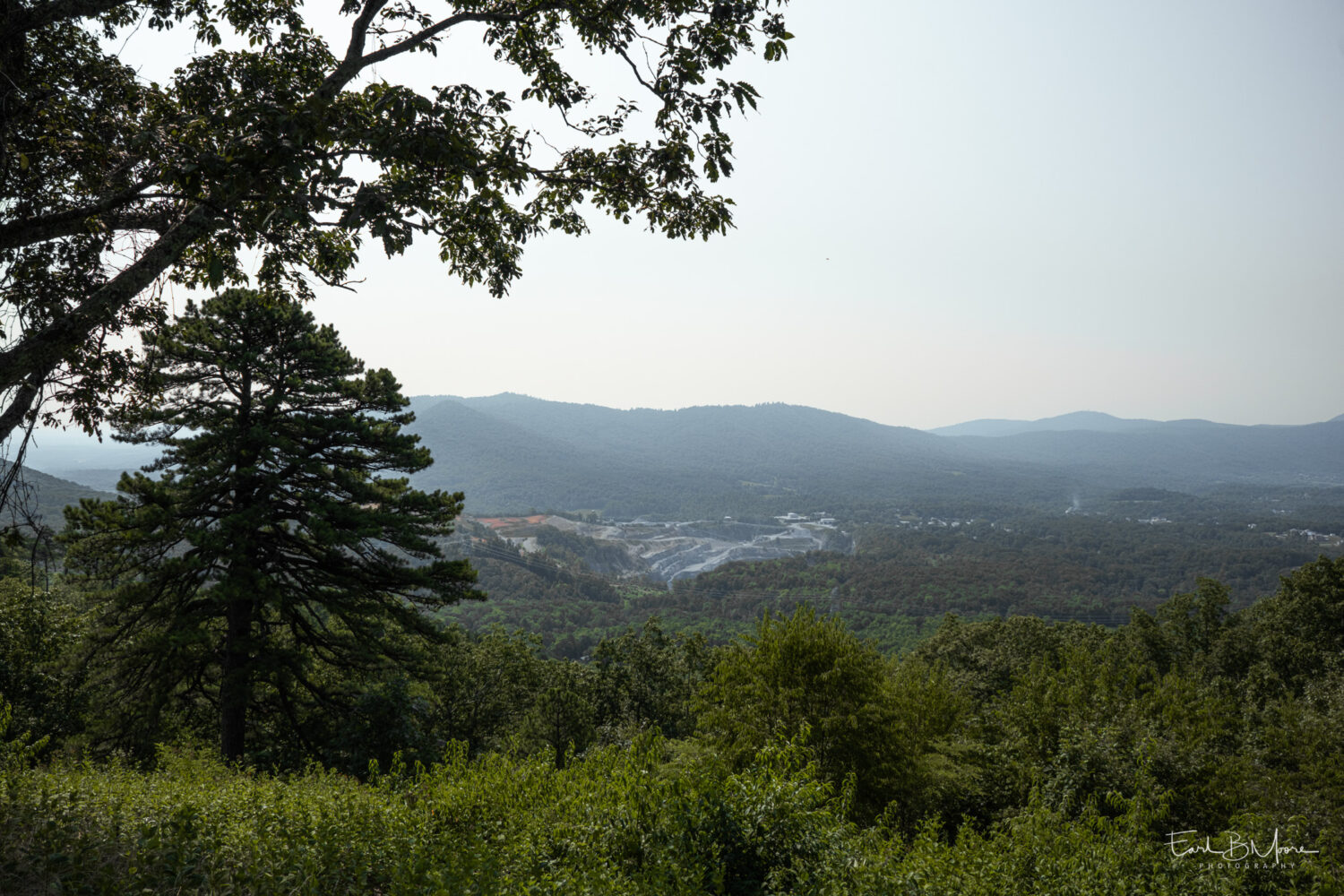
Dolomite is found in sedimentary basins worldwide. It is thought to have formed by magnesium-rich groundwater’s post-depositional alteration of lime mud and limestone. Dolomite and limestone are used in similar ways. They are crushed and used as an aggregate in construction projects. They are kiln-fired in the manufacture of cement. They are cut into blocks and slabs for use as dimension stones. They are calcined to produce lime. In some of these uses, dolomite is preferred. Its greater hardness makes it a superior construction material. Its lower solubility makes it more resistant to rain and soil acid content.

From all the material I’ve seen, this quarry/open-pit mine is run responsibly, and Dolomite is a ‘safe’ and highly useful mineral for building and construction. However, I can’t deny a feeling that any mine such as this is an open wound upon the land. My hope is that when the inevitable day comes when mining ends at this location, there’s a responsible plan for the process of reclamation.
Discover more from
Subscribe to get the latest posts sent to your email.
I would also hope there’s a responsible plan for the process of reclamation. I also see them as open wounds that will take years to heal. Scars never go away, always a reminder. And, 6 to 7 million tons of dolomite seems huge to me. And, thanks for the information on dolomite! New stuff for me.
I enjoy doing some background research on interesting places, things or people that catch my attention enough to warrant a photograph. I often learn something during this research, which is a wonderful bonus. If I’d ever heard of dolomite before, I wouldn’t have known what it was or what it was used for, and that sounds like a lot of dolomite to me as well.